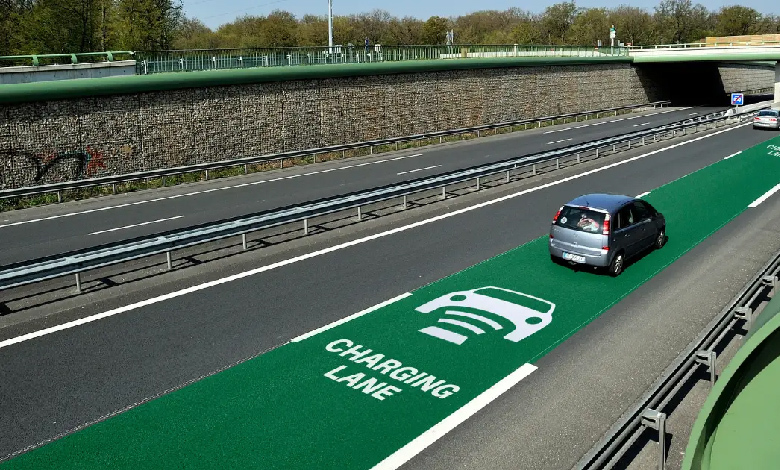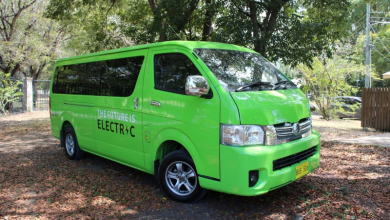Electric roads an attractive solution for charging infrastructure problems facing electric vehicles

It looks like any other asphalt road. But drive down 14th Street in Detroit in the US state of Michigan in the right vehicle – and something strange happens. The 400 m section of the road is capable of charging electric vehicles as they drive over it.
Electromagnetic coils have been laid under the surface and connected to Detroit’s power grid, according to BBC. These generate an electromagnetic field above the road that transfers energy to a receiver attached to a vehicle battery through “inductive charging”.
The entire procedure is similar to the revolutionary wireless charging for mobile phones. It is expected that electric roads can help combat one of the major barriers making people reluctant to switch to electric vehicles – the “range anxiety” problem.
Objective to become carbon neutral by 2050
Charging infrastructure is still not at the levels required to support large numbers of electric vehicles. Moreover, the time it takes to charge an EV on long journeys is also noticeable. Therefore a number of motorists are still hesitant about making the swap.
Electreon is piloting wireless charging technology across Europe, Asia and America. In Detroit, the project is part funded by $1.9 million from the Michigan Department of Transit, with the company contributing the remaining amount.
The objective is to construct a mile-long “smart road” over the next few years to provide a method to test the innovative technology in a real city environment. It is part of a goal to transform the state’s transport infrastructure and become carbon neutral by 2050.
But is the electric road technology scalable?
The project costs nearly $2 million per mile, prompting experts to question if the technology is actually scalable. Stefan Tongur, vice president of business development at Electreon, believes the cost will soon start to drop as the technology matures.
He also noted that the technology doesn’t need to be everywhere. The company is initially focusing on transit corridors that are frequented by commercial fleets. This includes buses and trucks where there are cost benefits to keep them in use rather than having to stop to charge.
The Swedish government recently highlighted as part of an analysis that an electric road measuring 250 to 300 km in length on busy routes is likely to reduce carbon dioxide emissions from lorries by more than 200,000 tonnes.
Read More: The ‘Taylor Swift Climate Change’ issue can be a chance for jet-setters to do better
 Read more about our Detroit project here!
Read more about our Detroit project here!


